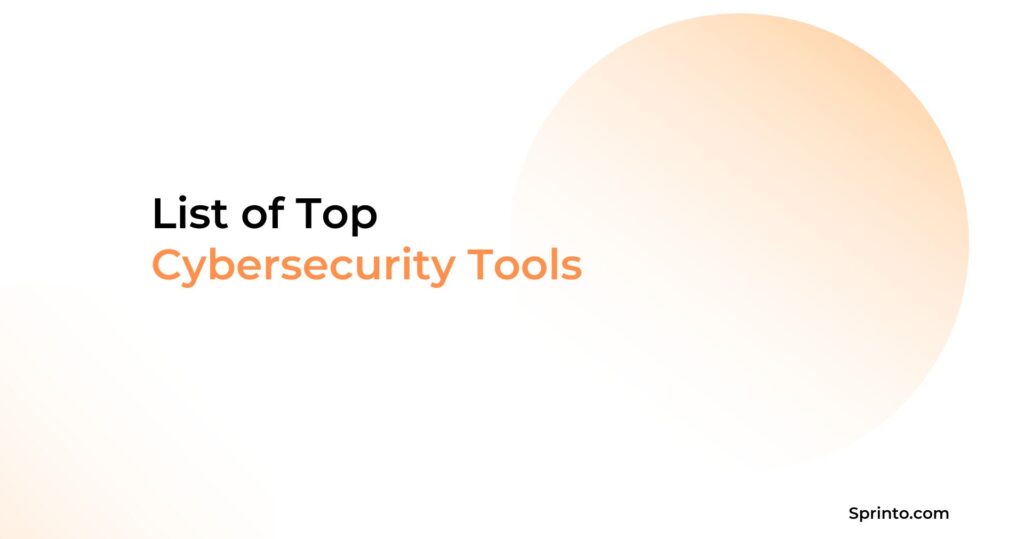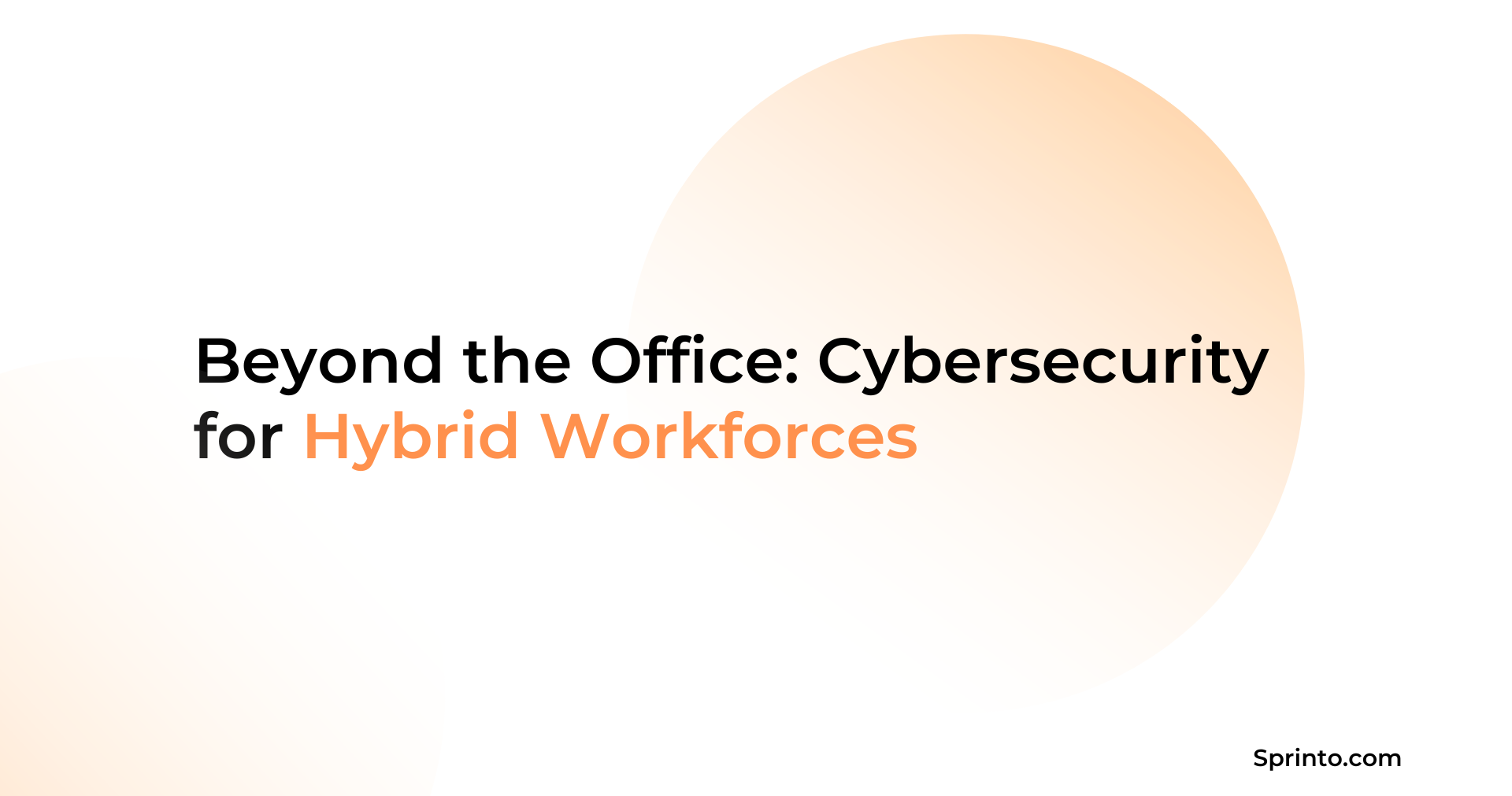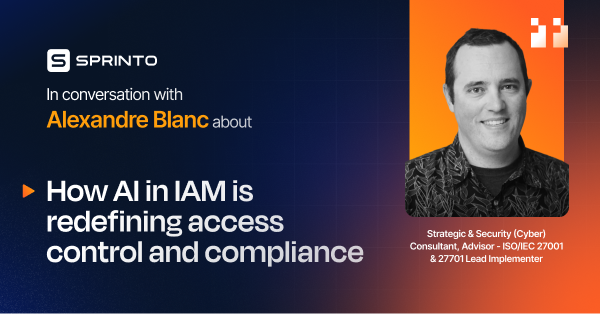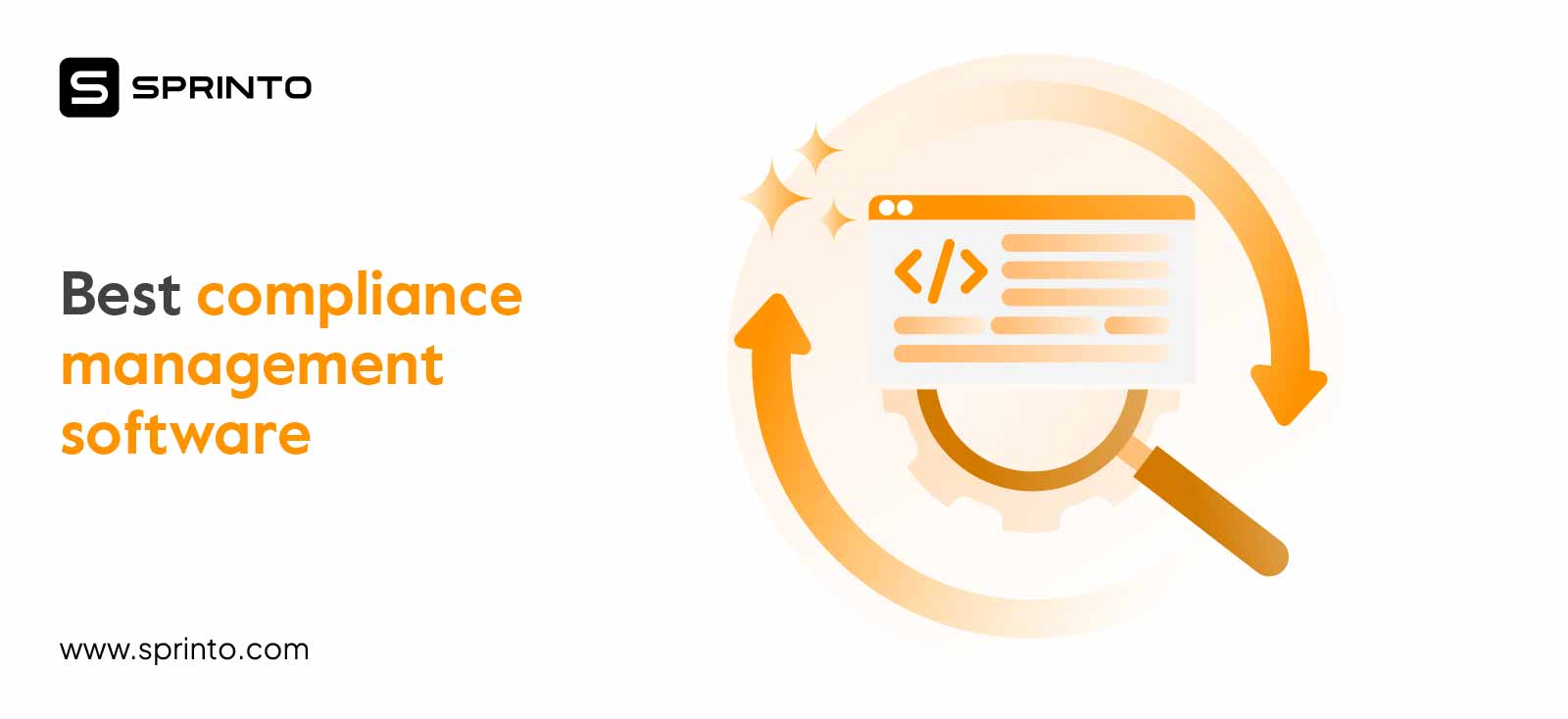Cybersecurity Strategy 101: Turning Investments into Value
Payal Wadhwa
Sep 27, 2024
For organizations that still believe investing in cybersecurity is simply purchasing a suite of tools, it continues to be a cost center. You are aiming in the dark without intending to achieve something long-term.
Cybersecurity only turns into a value proposition when it is backed by a detailed plan where you align it with the business context, make some meaningful trade-offs, and successfully manage risks unique to your business. So, the cybersecurity strategy transforms security initiatives from a checkbox exercise to a value-driven effort.
n this blog, we’ll dive into the key elements of a solid cybersecurity strategy and discuss how to create one that delivers lasting value.
TL;DR
| Most real-world cybersecurity strategies start with a purpose and goals, followed by the current state, governance and accountability, and a set of enabling measures. |
| Creating a cybersecurity strategy requires you to tie security initiatives with business objectives, conduct preliminary assessments, select a guiding framework, create a mitigation plan, and seek budget approvals. Next comes the implementation phase and regular reviews. |
| A common mistake companies make is remaining attached to legacy systems or on the flip side getting too many tools at once. |
What is a cybersecurity strategy?
A cybersecurity strategy is a detailed action plan for protecting the organization’s network, systems, and data against cyber threats and attacks while supporting growth and innovation. It provides a blueprint of the approach and measures that the organization must adopt to protect digital assets, minimize risks, support compliance, and enhance customer trust.
A well-documented cybersecurity strategy is advantageous because it reinstates that cybersecurity is not an IT problem but a business problem, and employees must be committed to it. The cybersecurity plan also provides a framework for employees to stay proactive in protecting the confidentiality, integrity, and availability of information.
Why every organization needs a robust cybersecurity strategy?
In today’s world, every organization needs a solid cybersecurity strategy to ensure the confidentiality, integrity, and availability of data and avoid financial losses.
Sets a baseline for the security program
A cybersecurity strategy acts as a reference point that guides the organization’s security objectives while establishing foundational principles and shaping processes. It helps define the business’s risk tolerance levels, formalizes policies, identifies critical assets to protect, and directs the implementation of safeguards.
Protects against financial and reputational risks
A cyberattack can have significant financial impacts, including recovery costs, fines, penalties, ransom payments, and legal expenses. These costs can reach millions of dollars and, in severe cases, even force businesses to shut down. 60% of small companies go out of business within six months of an attack. Additionally, a cyberattack can erode market confidence, causing customers to switch to competitors. This is why a robust cybersecurity strategy is essential—it acts as a shield to protect you from the aftermath of such incidents.
Side-steps legal pitfalls
As businesses expand internationally, most are subject to compliance regulations and other legalities. A data breach or attack impacts an organization’s compliance adherence and signals that it is not committed to protecting sensitive information. A well-defined cybersecurity strategy aligns with compliance requirements to help organizations maintain a robust compliance posture and minimize legal risks.
Power your strategy execution with Sprinto
Helps adapt to emerging risks
A cybersecurity strategy is a living document that enables an organization to adapt to emerging cyber risks and attacks. It is regularly updated and improved based on past incidents, lessons learned from peers, and industry insights. This ensures the organization can adopt the most effective defenses and leverage the latest technologies to stay resilient in the dynamic world.
Key components of a cybersecurity strategy
After analyzing various real-world cybersecurity strategies, we have curated a quick snapshot of the key components involved:
Purpose
The first section of the strategy sets out the expectations and explains its purpose to the stakeholders. It also clarifies the strategy’s overarching objectives, such as minimizing potential risks, ensuring compliance, or protecting sensitive information.
Current threat landscape
The next section paints a picture of the cyber threats, vulnerabilities, and risks the organization faces based on the risk assessments. It also discusses critical assets and risk prioritization based on likelihood and impact and establishes the risk tolerance levels for the stakeholders.
Here’s an example of Case in point. The Australian cybersecurity strategy talks about the ‘problems that face’ before introducing the solutions:
Source: Cybersecurity Strategy, Australia, 2023-2030
Goals and Objectives
This section breaks down the broader objectives into precise focus areas, projects and KPIs. These are tailored to specific needs and challenges. Here are some examples:
- Achieving 25% reduction in Mean time to detect (MTTD) within 6 months.
- Encrypting 100% sensitive data at rest and in motion over the next quarter.
- Achieving SOC 2 Type 2 report by the end of the year.
For example, take a look at CISA’s cybersecurity strategy explaining the three main goals followed by contextualized objectives:
Source: CISA Cybersecurity Strategy 2024-2026
Governance and accountability
The governance and accountability section clarifies roles and responsibilities and promotes transparency. Designated people from various functions lead initiatives such as creating comprehensive incident management plans or ensuring compliance.
An example could be:
Chief Information Security Officer (CISO)
Key responsibilities:
- Developing the cybersecurity strategy and overseeing the entire program
- Conducting risk assessments and prioritizing mitigation efforts
- Ensuring compliance with applicable standards
- Promoting a culture of cybersecurity across the organization
IT Security Manager
Key responsibilities:
- Managing and monitoring day-to-day security operations
- Overseeing vulnerabilities and system updates
- Leading incident response teams
- Coordinating training programs
Similarly the other roles and responsibilities for network admins, compliance experts, data protection officers and other are explicitly defined.
Implementation plan
The implementation plan includes enabling measures to help the organization achieve its goals. These measures combine administrative, physical, and technical controls that allow the organization to protect, prevent, and progress. Adding multiple layers of security helps with ‘defense in depth’.
Here’s an example:
Protective measures:
- Establishing and enforcing access control policies (administrative safeguard)
- Installing surveillance cameras in sensitive areas (physical safeguard)
- Implementing firewalls and intrusion detection systems (technical safeguard)
Preventive measures:
- Conduct regular risk assessments (administrative safeguard)
- Enforcing Multi-factor authentication (MFA) for all users (technical safeguard)
Progress measures
- Developing advanced access control systems such as biometrics (physical safeguard)
- Adopting AI-driven threat intelligence feeds (technical safeguard)
Ongoing monitoring
The continuous monitoring section discusses the plan for tracking threats and vulnerabilities on an ongoing basis and any implementation gaps. The goal is to incorporate feedback and improvements and update the strategy to stay relevant in a dynamic world.
The strategy is concluded with Appendices and references.
Automate control testing with Sprinto
How to develop a cybersecurity strategy?
Developing a cybersecurity strategy requires collaboration across departments. A CISO, CIO or CRO mostly leads the effort with active involvement from the IT and security teams, risk management teams, and compliance teams. The strategy requires you to perform some preliminary research and understand the current security maturity of the business, followed by a plan of action to mitigate the risks.
Here are 7 steps to develop a cybersecurity strategy:
Establish business context
Start by capturing your business context to understand the overarching environment in which your organization operates. From a cybersecurity perspective, this includes the following:
- Identification of critical assets: Determine which assets drive key business operations and require protection due to their sensitivity.
- Understanding data classification: Assess whether data is categorized under classifications such as public, internal, and confidential.
- Grasping the internal environment: Analyze existing processes, policies, organizational culture, employee attitudes, and leadership priorities.
- Pinpointing external challenges: Identify market competition, emerging trends, and economic or geographical factors that may impact the business.
- Understanding regulatory requirements: Evaluate the compliance frameworks and industry regulations applicable to your organization.
- Recognizing stakeholder expectations: Understand the needs and expectations of both internal and external stakeholders.
Define guiding principles and goals
Engage relevant stakeholders to define the desired future state for your organization. Drawing on industry benchmarks, previous concerns, and overall goals, identify the guiding principles and cybersecurity objectives.
For example, if the broader goal is proactive threat management, objectives could include:
- Implementing continuous monitoring systems
- Establishing threat intelligence capabilities
- Enhancing visibility through regular risk assessments
Conduct a risk assessment and gap analysis
Consider the threats and vulnerabilities the organization could face and assess the severity of risks using a risk matrix. Here’s a risk heat map from Sprinto that provides a visual representation of the matrix:
You can tell that the ones marked in green are low severity risks and those in red are high-risk.
For gap analysis, identify the current measures to mitigate these risks, such as firewalls, encryption, or policies, and identify the deficiencies. Based on the impact of the security gaps on business continuity and the severity scores from the cybersecurity risk assessment, prioritize and create a mitigation plan.
Choose a framework to build security pillars
Select a cybersecurity framework that uses proven practices and standards when putting together the tactical plan. Standards like NIST, ISO or CIS controls can help you build security pillars while aligning with your business goals. If you are already subject to frameworks like PCI DSS, GDPR, or HIPAA, you can also integrate the requirements to protect sensitive information and implement the right controls.
For example, if you choose NIST as your guiding security framework, the key pillars under each function will be:
Identify
- Asset management: Inventory and classification of assets
- Risk assessment: Regular risk assessments to identify threats and vulnerabilities
- Governance: Establishing roles and responsibilities for accountability
Protect
- Data security and privacy: Implementing data loss prevention tools and data encryption
- Access and identity management: Enforcing IAM policies and using multi-factor authentication
- Network security: Deploying firewalls and intrusion detection systems
- Secure system and application development: Integrating security into application development lifecycle
- Training: Arranging workforce training programs
- Integrations: Integrating automation tools for process improvement and comprehensive analysis
Detect
- Continuous monitoring: Implementing real-time monitoring tools for networks, applications, and endpoints
- Detection processes: Implementing logging and audit trails
Respond:
- Response planning: Creating and testing incident response plans and establishing protocols for internal and external communication.
- Mitigation measures: Isolating impacted systems, applying patches, and short-term fixes
Recover:
- Recovery planning: Developing and testing disaster recovery and business continuity plans
- Improvements: Incorporating lessons learned from post-incident analysis for improvements
Obtain budget approvals
When presenting budget proposals, clearly break down the costs of tools, implementation, training, and maintenance while highlighting prioritized investments.
Make a stronger case by emphasizing the returns on investments, such as reduced recovery costs due to less likelihood of incidents or the long-term benefits of automating mundane tasks. Industry benchmarks, data, and case studies should also be used to showcase how much peers are spending on cybersecurity and what benefits are realized.
Begin with the implementation process
Finally, you can begin implementing the strategy after the planning and budget approvals. This will involve building your technology stack, drafting policies and Standard Operating Procedures (SOPs), creating incident response plans, arranging workforce awareness programs, and implementing an ongoing monitoring system.
Regularly review and update
Regularly review the strategy to assess the effectiveness of cybersecurity capabilities and update it based on new threats, regulatory updates, and business needs. It ensures that the strategy is forward-looking and takes an agile approach to ensure long-term resilience and adaptability
Put your cybersecurity strategy into action with Sprinto
When implementing the cybersecurity strategy, organizations find themselves grappling with challenges such as complex regulatory requirements, evolving cyber threat landscape, enforcing consistent governance and risk management, and insufficient monitoring and reporting. Budget constraints and bandwidth issues also arise because employees also have mission-critical tasks to take care of.
Enter Sprinto. As a next-gen GRC tool, Sprinto helps you manage and automate the key elements within the strategy.
The integrated risk management dashboard helps you speed up and contextualize risk assessments, track mitigation plans, and run real-time checks to meet all regulations and standards. This allows security teams to spend less time on manual tracking and reporting and focus more on proactive threat management.
Inbuilt policy templates and automated employee acknowledgment eliminate the need for creating things from scratch and minimize distribution efforts. Automated alerts, dashboards, and reporting provide comprehensive visibility across areas and help management make well-informed decisions.
Sprint also supports 200+ integrations for granular-level monitoring and automated evidence collection. This, along with features like in-built training modules, role-based access controls, and centralized vulnerability and incident management, helps maintain continuous compliance and security posture while enhancing the organization’s audit preparedness.
But don’t just take our word for it. Talk to a compliance expert today and watch the platform in action.
FAQs
What are some common pitfalls to avoid when creating a cybersecurity strategy?
Some common pitfalls to avoid when creating a cybersecurity strategy include:
- Relying too much on technology to the extent that you adopt multiple technologies without a clear plan
- Not giving up on legacy systems
- Underestimating third-party risks
- Allocating insufficient resources
- Lack of documentation
- Overcomplicating the strategy with too many interlinked goals and objectives
- Using generic solutions that don’t fit your needs
How much does a cybersecurity strategy cost to develop and implement?
Organizations spend roughly 10%-20% of their IT budgets on cybersecurity strategy development and implementation. This can translate into $20000-$100000+ or even more depending on the nature and size of business operations.
How often should the organizations review and update their strategy?
While you can prepare a 5-year long strategy, it should be reviewed regularly, at least once a year, or even biannually, to ensure that it meets the current needs.


Use Sprinto to centralize security compliance management – so nothing
gets in the way of your moving up and winning big.

























